Integrated Studio I and Integrated Studio II
School of Media Arts First-Year Curriculum: Your first year at the School of Media Arts is a time of exploration and discovery as you develop your creative process, critical thinking, communication and collaboration skills. The two semesters of foundation courses immerse you in the making of media arts, as well as media arts history and theory resulting in the development of your critical practice as you learn to better reflect on your studio work. All students in the School of Media Arts follow a first-year curriculum, which provides a rigorous and exciting course of study, exposing you to a range of art, design, and media practices that will be the foundational support for your entire education and your creative life after graduation.
We will continue our explorations of the process of creativity while exploring a variety of media arts practices. We will consider what we make, how we make it, and we will ask why? How do we generate and capture ideas? How can our research become part of this process? Through individual and collaborative group activities you will engage in a series of media projects that ask you to experiment, visualize, question, look, listen, play, fail, iterate, and reflect.
Bridging Theory and Practice: CIN 342 Integrative Studio II is part of a unique sequence that is combined with CIN 362 New Media Then, and CIN 302 Media Arts Practice II. These three courses bridge theory and practice as students complete projects which connects their studio practice and their scholarly research. Our shared goal is to integrate making, writing, and reflecting essential components of the creative process.
Storytelling with Tatogami
In explorations of linear/non-linear narratives, students created tatogami books as an introduction to the critique of the traditional book form. Reimagining the function of the book, students explored innovative ways to use visual poetics.

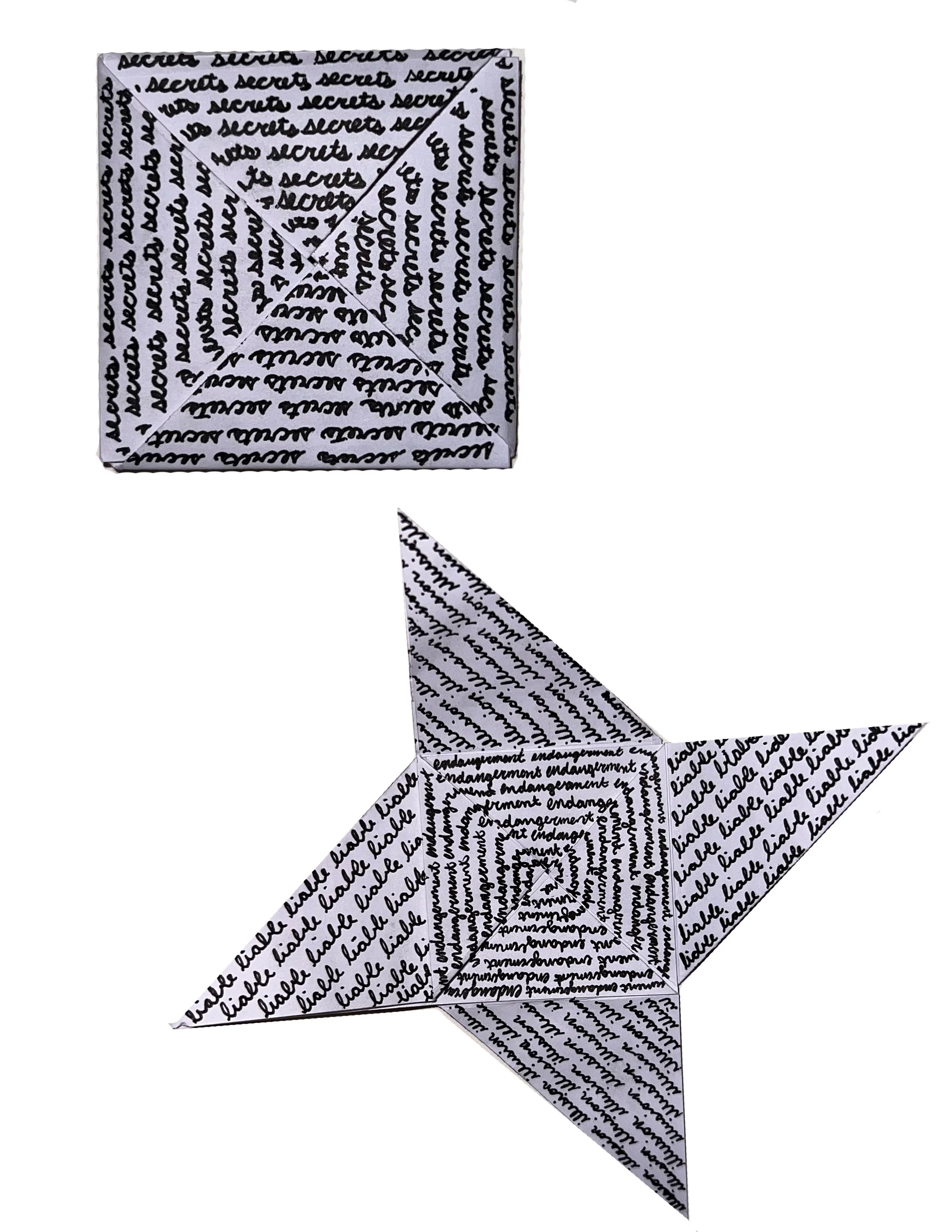


Cyanotype Workshop
In conjunction with the relief printing demos for the Artists’ Multiples project, students were introduced to cyanotypes as a non-lens-based form of photography and printmaking.
Photoshop Animated GIF Workshop
Using Photoshop, students developed GIF animations in preparation for their computational cinema projects. The imagery is inspired by Emily Dickinson’s ‘We Grow Accustomed to the Dark’.
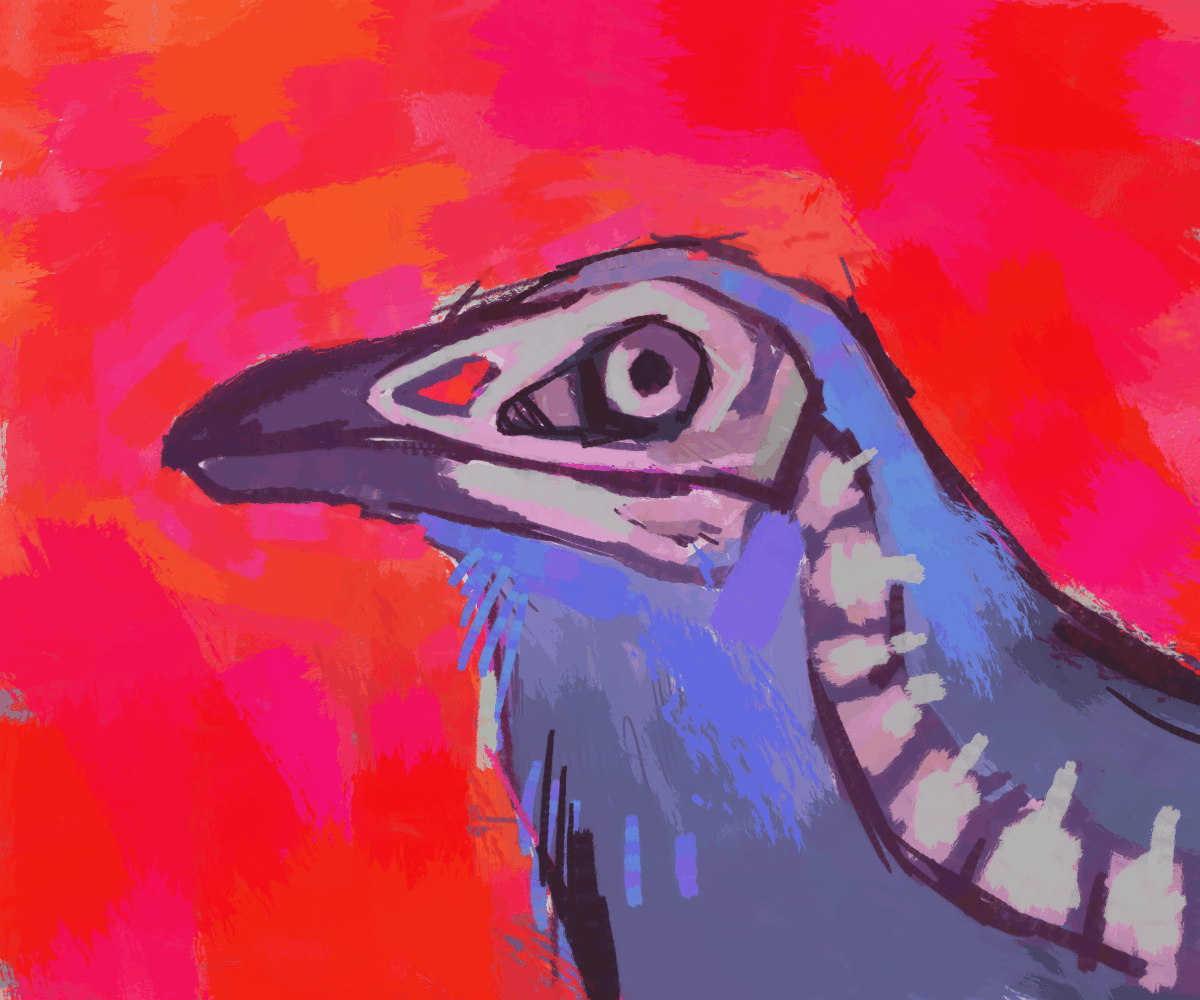

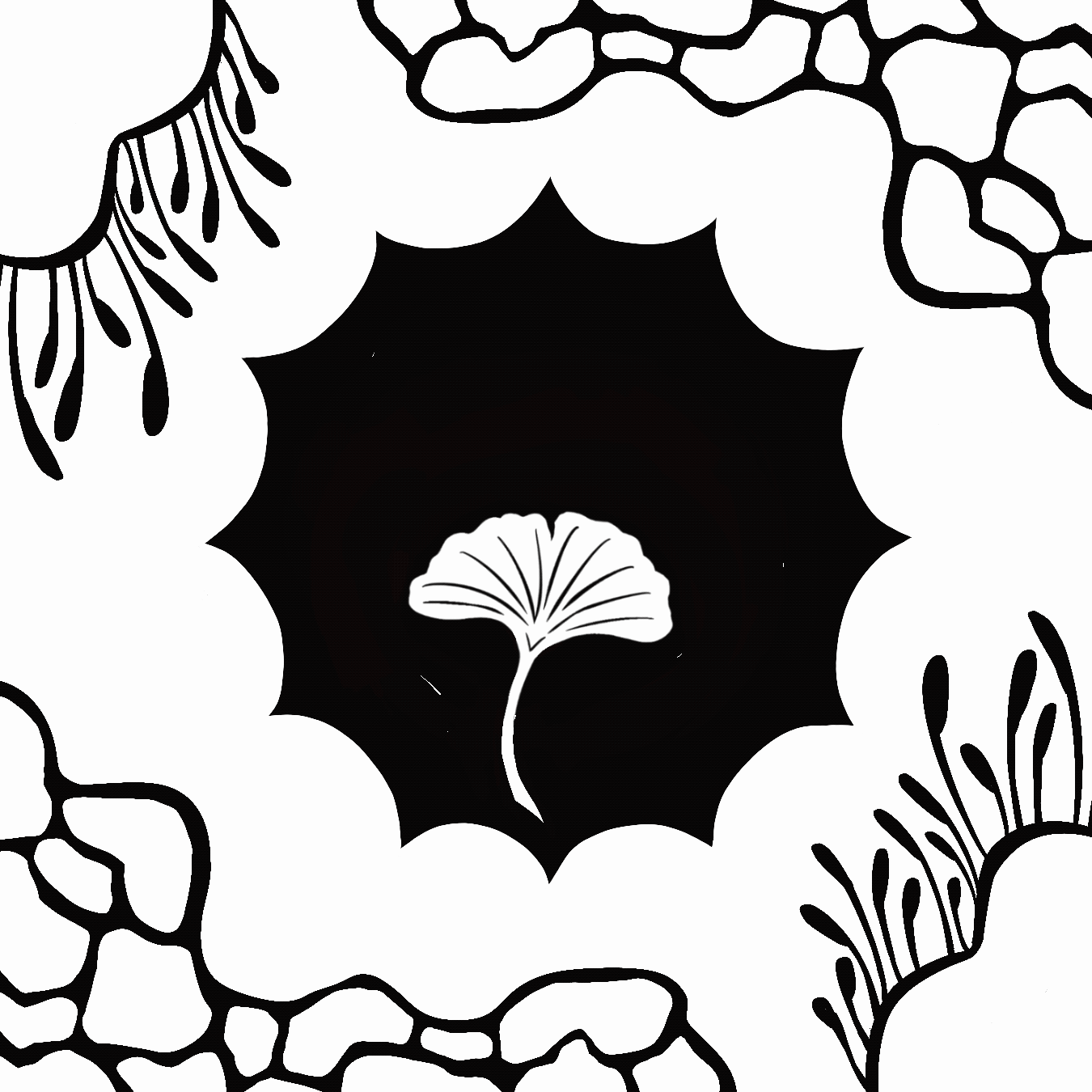

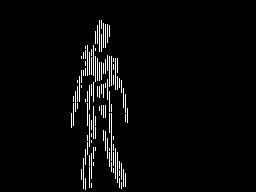
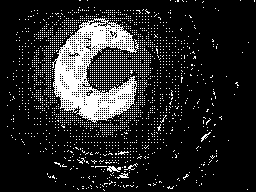
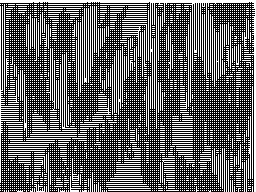
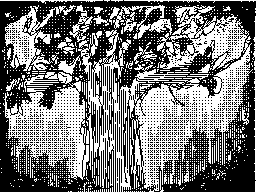

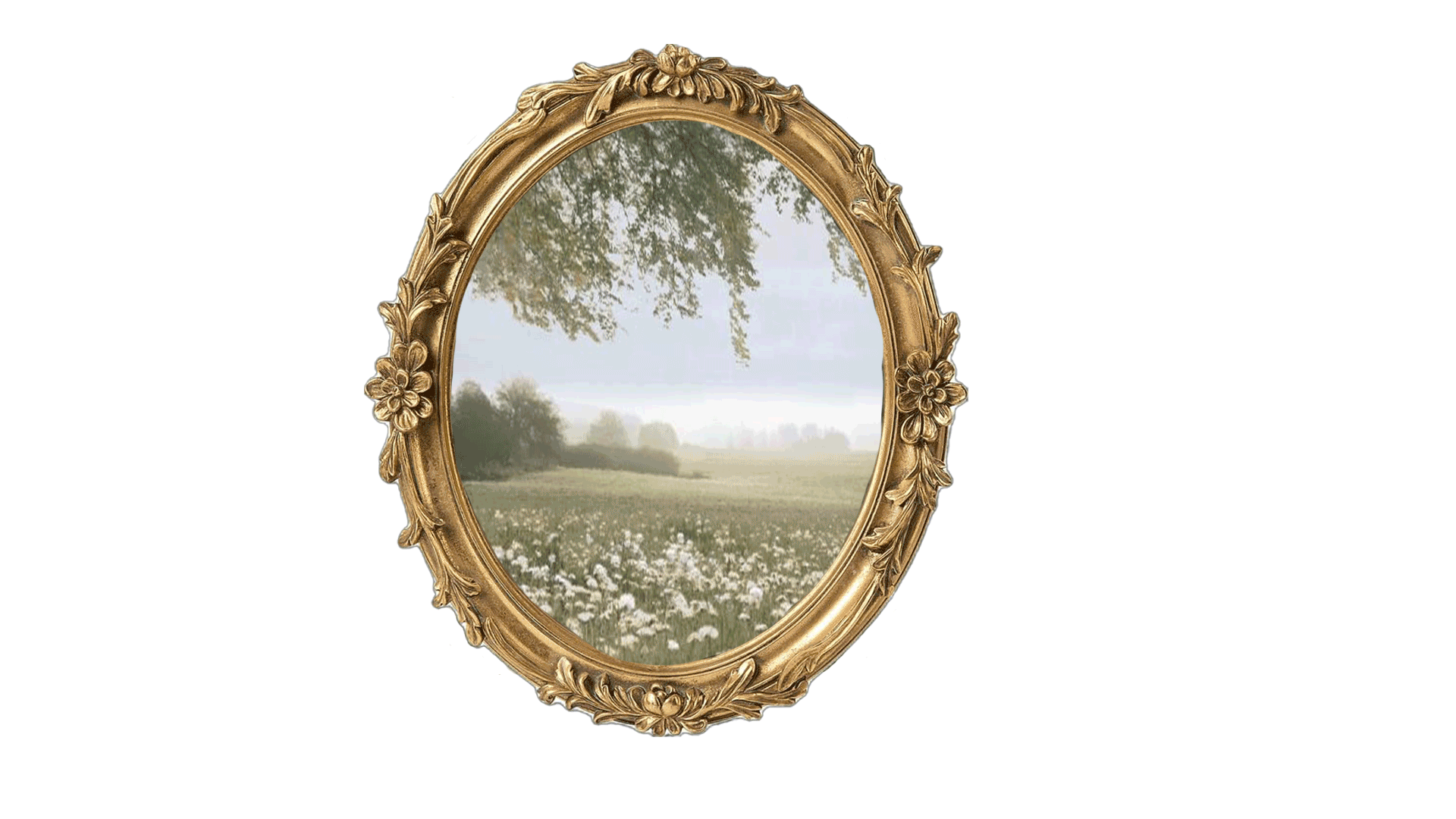
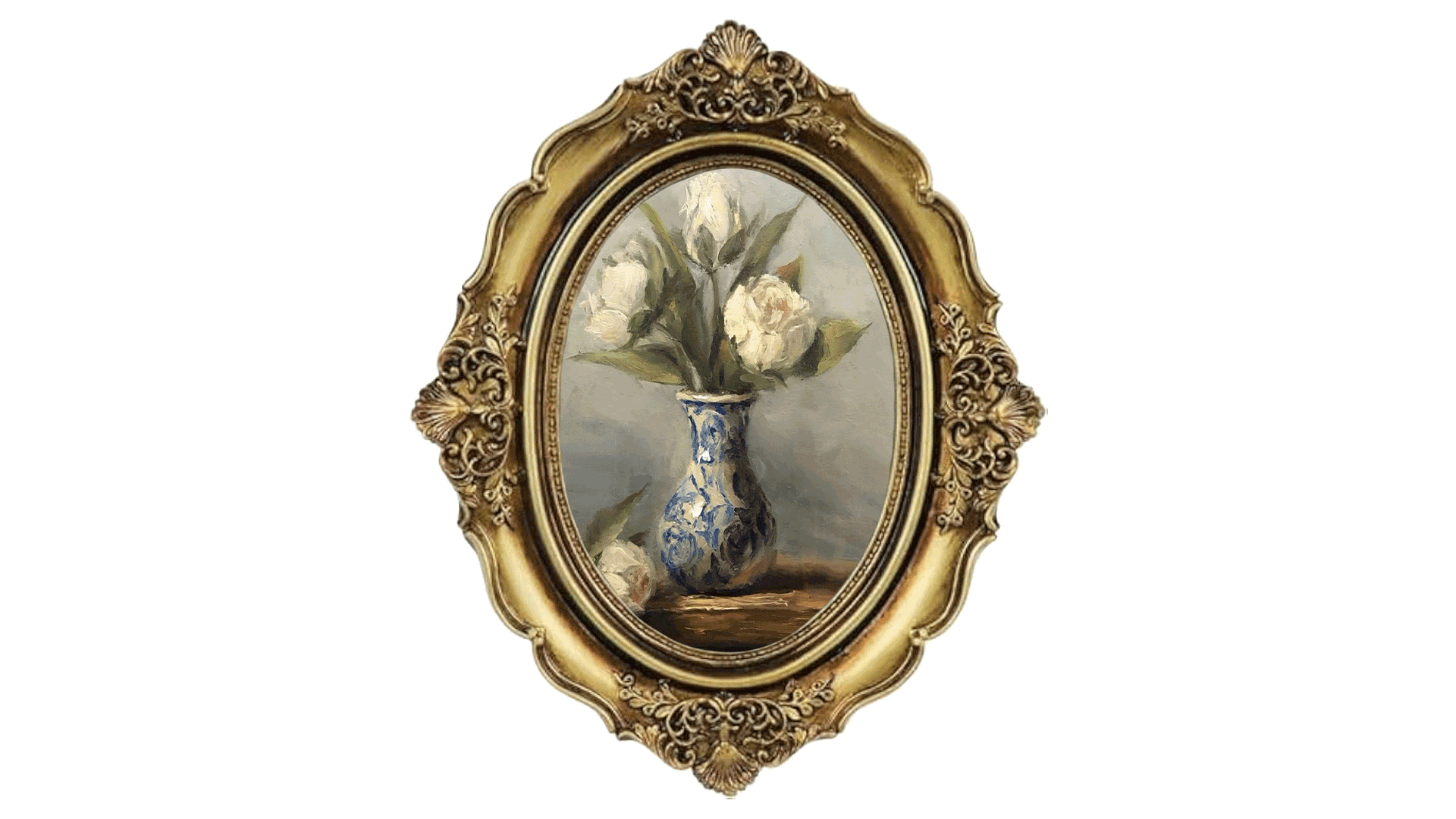
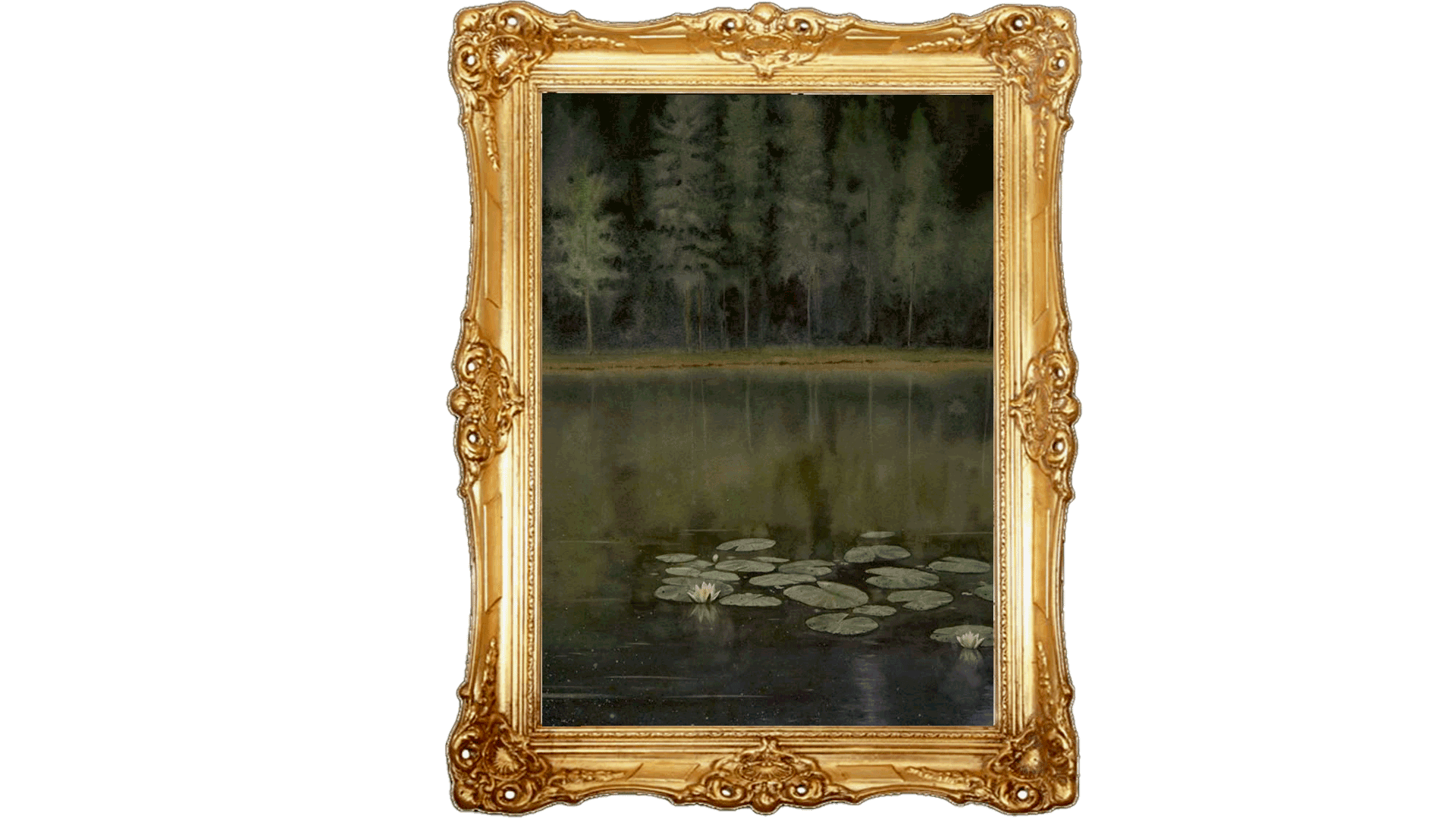
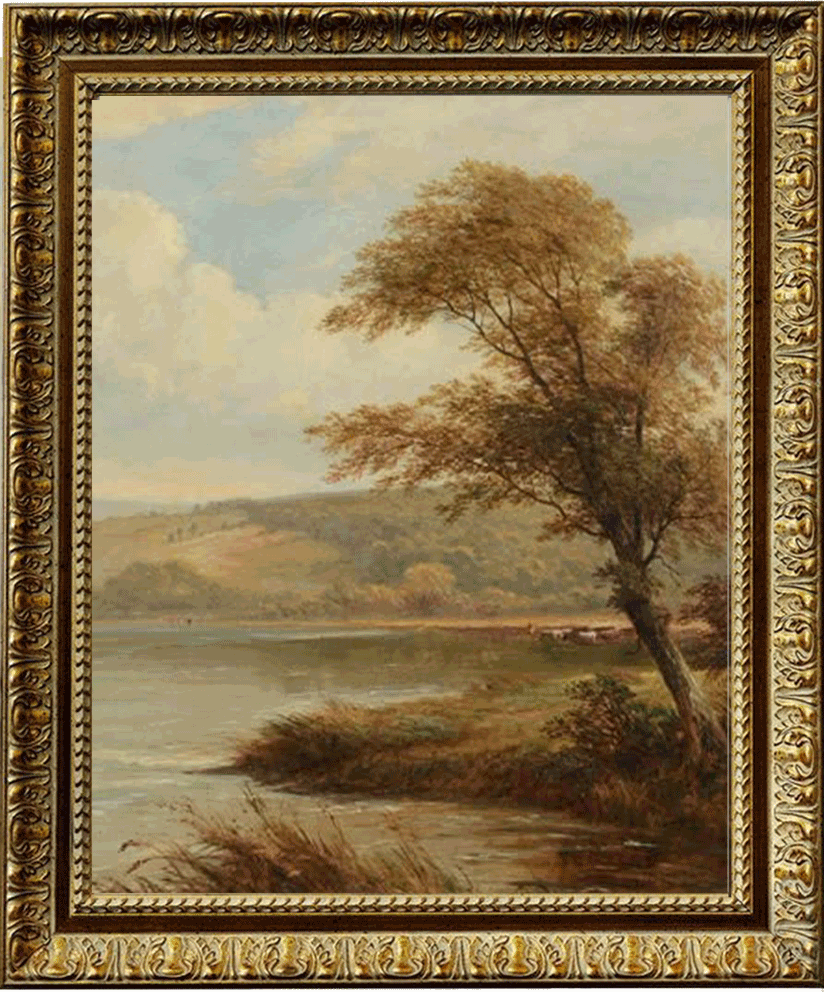

Artists’ Multiples
Using 3D printed blocks of student-created images, students curated their prints into groups based on image theme. Each group then exchanged one print with each member of the group and designed a container for the multiples.






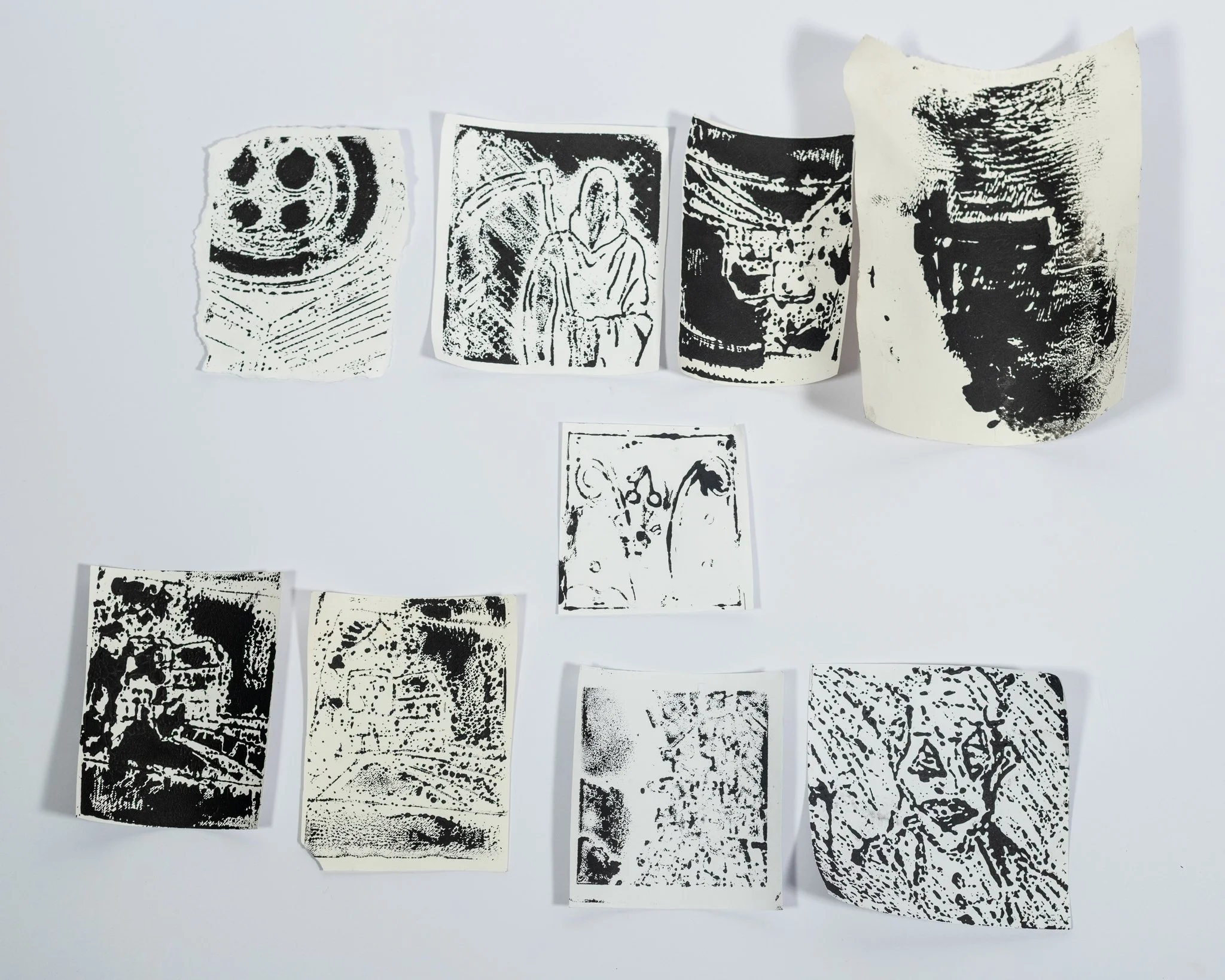

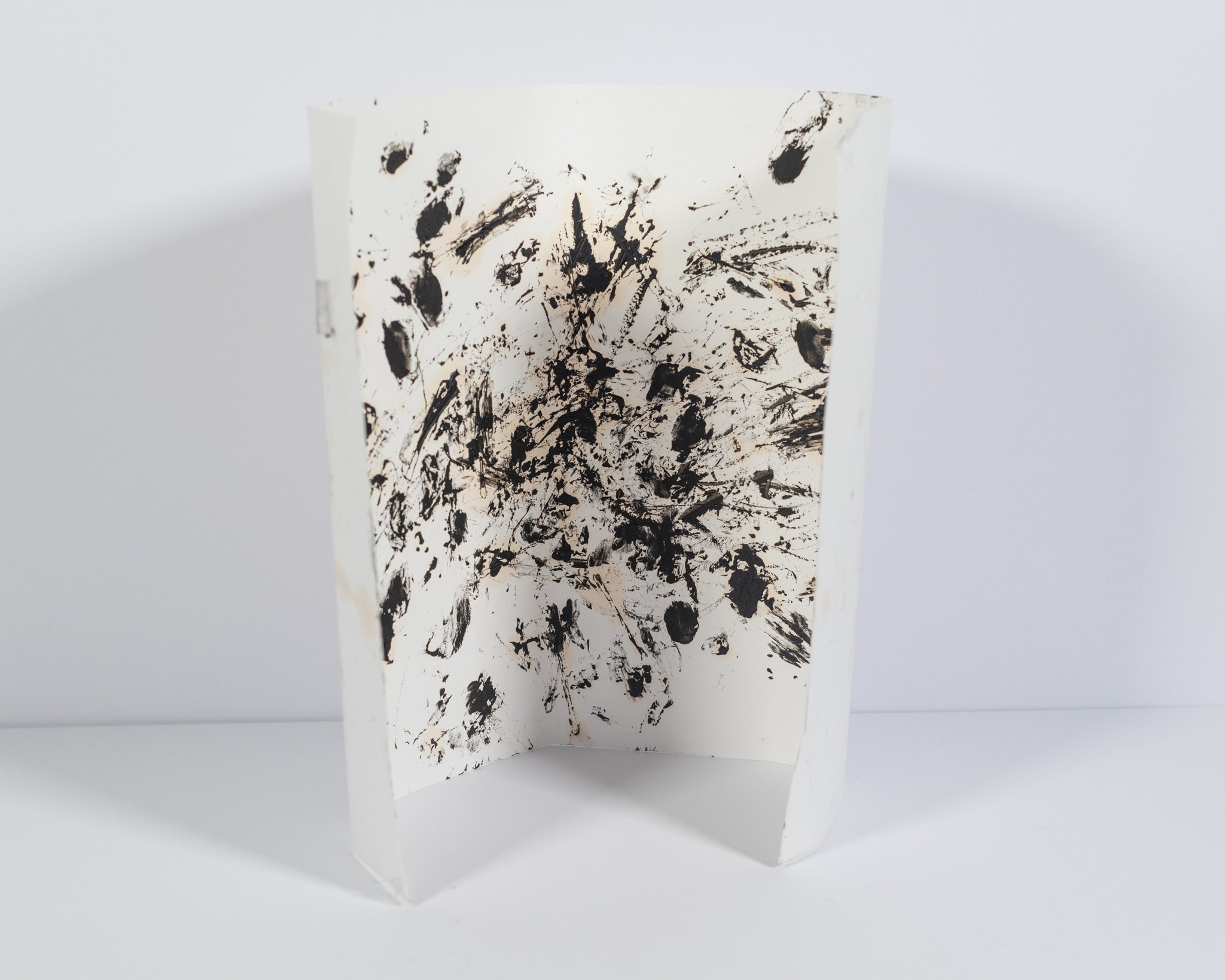

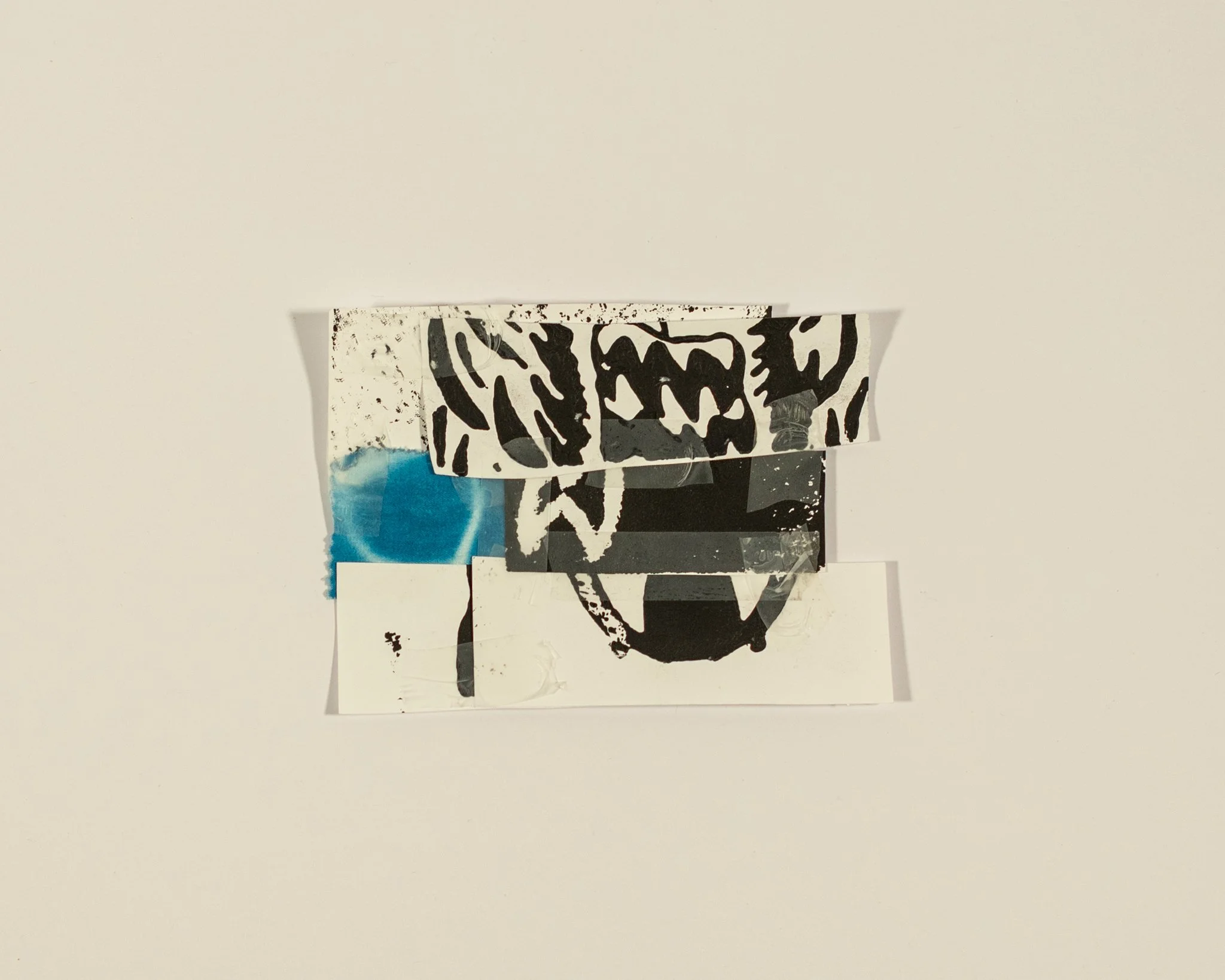




Art Installation
In a week-long, team-taught workshop, students created installations that related to critiques on memorials and the forgotten institutional histories of SIU. Using self-guided research, students allowed their research into their historical event to guide their artistic practice. Students were encouraged to seek ways to incorporate new media and sensory elements such as scent. All installations were designed to be site-specific and relate to the groups’ memorial topic.

